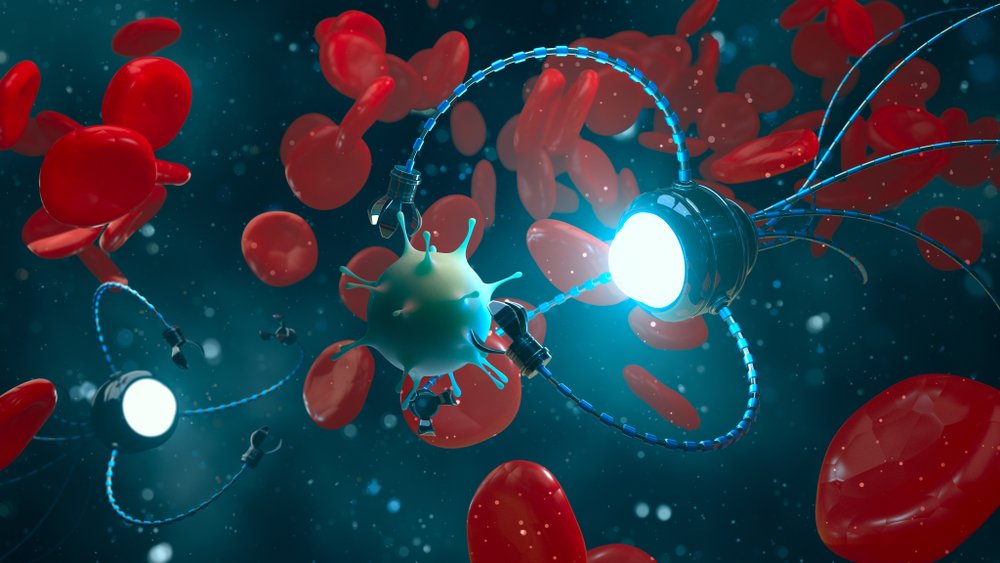Table of Contents
Introduction
Nanomedicine, the intersection of nanotechnology and medicine, is transforming the landscape of healthcare. In this article, we delve into its definition, significance, and the groundbreaking advancements it offers.
1. Introduction to Nanomedicine
What is Nanomedicine?
Nanomedicine involves the application of nanotechnology for diagnosis, treatment, and monitoring of diseases at the molecular level.
Importance of Nanomedicine
Nanomedicine holds immense promise in revolutionizing treatment approaches, offering targeted therapies with minimal side effects.
2. History of Nanomedicine
Early Developments
The concept of nanomedicine emerged in the 1970s, with early research focusing on drug delivery systems and diagnostic techniques at the nanoscale.
Milestones
Landmark achievements include the development of liposomal doxorubicin and the FDA approval of Abraxane, marking significant progress in nanomedicine’s clinical translation.
3. Applications of Nanomedicine

Drug Delivery
Nanoparticles ease precise drug delivery, enhancing therapeutic efficacy while minimizing systemic toxicity.
Imaging Techniques
Nanoparticle-based contrast agents enable high-resolution imaging, aiding in early disease detection and accurate diagnosis.
Cancer Treatment
Nanomedicine offers targeted cancer therapies, such as photothermal therapy and nanoparticle-enabled drug delivery, improving patient outcomes and quality of life.
4. Challenges in Nanomedicine

Toxicity
Concerns regarding the potential toxicity of nanomaterials necessitate thorough safety evaluations and regulatory scrutiny.
Regulatory Hurdles
Navigating regulatory frameworks poses challenges due to the unique properties of nanomedicine products and evolving regulatory standards.
Cost
The high cost of nanomedicine research, development, and production presents economic barriers to widespread adoption, limiting accessibility.
5. Future Prospects of Nanomedicine
Advancements
Ongoing research efforts focus on enhancing nanoparticle functionality, optimizing drug delivery systems, and exploring novel therapeutic modalities.
Potential Breakthroughs
Anticipated breakthroughs include personalized nanomedicine approaches, nanorobotics for targeted interventions, and enhanced diagnostics for precision medicine.

6. Conclusion
Summary
In conclusion, nanomedicine holds immense potential to revolutionize health care by offering targeted therapies, precise diagnostics, and personalized treatment approaches.
Outlook
As research continues to unravel the complexities of nanomedicine, the future holds promise for transformative advancements that will redefine the practice of medicine.
FAQs (Asked Questions)
What are the primary benefits of nanomedicine?
Nanomedicine offers targeted therapies, precise diagnostics, and minimal side effects, revolutionizing healthcare.
What are the main challenges facing nanomedicine?
Challenges include toxicity concerns, regulatory hurdles, and the high cost of research and development.
How does nanomedicine contribute to cancer treatment?
Nanomedicine enables targeted drug delivery, precise imaging, and innovative therapeutic approaches for cancer treatment.
What are some anticipated future breakthroughs in nanomedicine?
Future breakthroughs may include personalized nanomedicine, nanorobotics, and enhanced diagnostics for precision medicine.
Is nanomedicine accessible to everyone?
Economic barriers currently limit the widespread accessibility of nanomedicine, but ongoing research aims to address these challenges.
